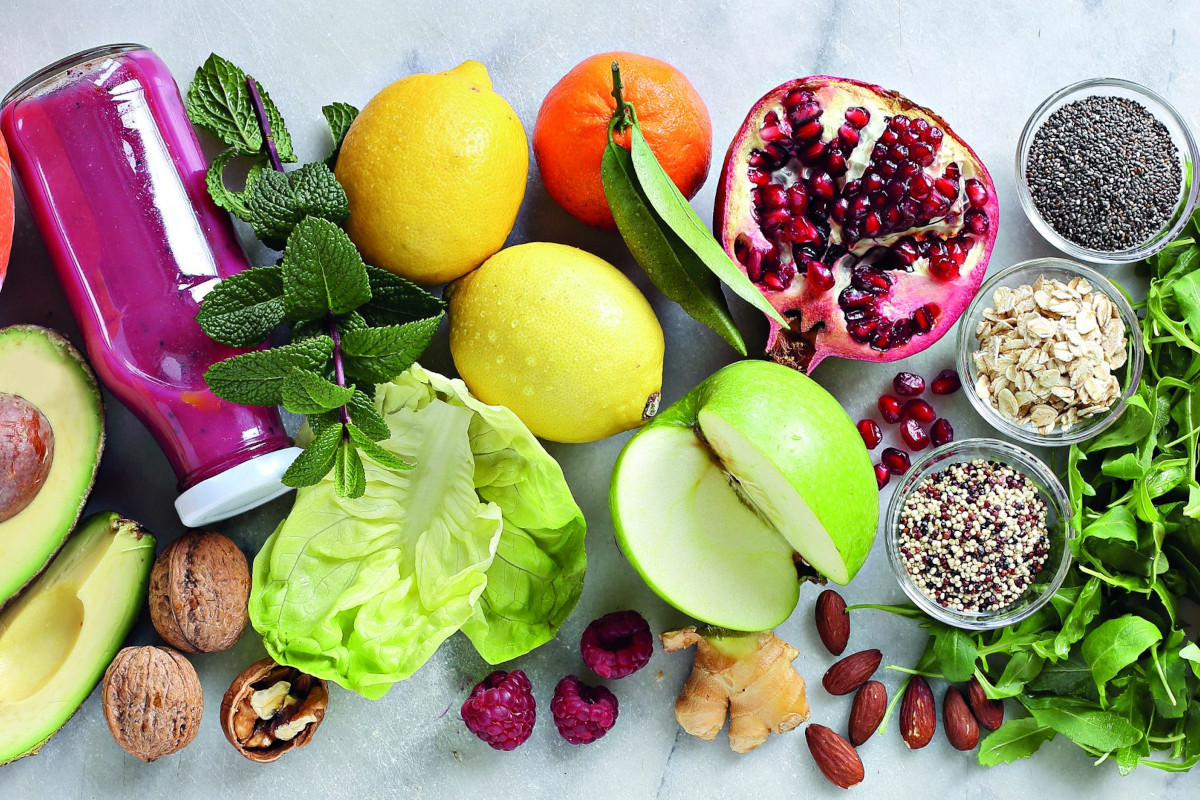Often mistaken as superficial and fleeting, food trends can vary greatly. However, some are truly worth taking note of as they inspire food connoisseurs and those who spend their entire lives in the gastronomy business to steer humanity into uncharted territory.
These trends reflect our times and offer hope in the face of climate change and the ever-growing number of human beings demanding foods that may be more difficult to come by in 20 or 30 years’ time. The UN’s Food and Agriculture Organization has estimated that an increase of 60 per cent in agricultural output will be required to feed the human population by 2050.
According to Deloitte’s ‘Future of Food’ report, food trends are indicative of greater changes, both environmental and technological, stating “The food industry is in the midst of a major transformation – disrupting the way we grow, buy, eat and feel about food”.
Discover the authentic Italian F&B products on the Italianfood.net platform
HEALTH AND IMMUNITY TAKE PRIORITY
Immunity-supporting ingredients have gained greater attention since the Covid pandemic and product developers have been responding with new creations that tick the immunity-boosting box. From elderberries and probiotics to turmeric, moringa and propolis, consumers are eating their way to better gut health and focusing on nutritional benefits, according to Lu Ann Williams, Global Insights Director at Innova Market Insights.
Foods and beverages that target a specific need such as sleep deprivation, stress or a low mood, otherwise referred to as ‘functional foods’, are being incorporated into close to a third of consumers’ daily diets.
The naturally fermented foods market – think sauerkraut, kombucha and kvass – is anticipated to grow by US$58 billion from 2018 to 2022 as consumers become aware of foods that research asserts will support their gut and, by extension, mental health.
GREATER PLANT-BASED OPTIONS
While plant-based foods aren’t a new trend, the search for variety has meant that pea, soy, and wheat proteins are being joined by oat, quinoa, macadamia, and hemp on supermarket shelves in the dairy alternatives section. Most notably, oat milk sales increased by over 200 per cent between 2019 to 2020 in the midst of the pandemic.
Sabina Vyas, Senior Director of Strategic Initiatives at the Plant Based Foods Association, predicted in 2020 that 2021 would be the year in which consumers would be on the hunt for more sustainable and nutrient-dense plant sources – algae, fungi, mushrooms, legumes and pulses.
FOREIGN FLAVOURS FOR NOVEL EXPERIENCES
Travel restrictions might have many housebound, but they certainly haven’t dampened the search for new experiences, at least not in the culinary realm. In fact, as our taste buds become overly familiar with ethnic flavours from more widely recognised foods like miso, turmeric and hummus, the demand for ever more exotic flavours that improve health will be well received.
“Going into 2021, there seems to be heightened interest compared to the start of 2020 as consumers haven’t traveled as much as normal or dined out as much as normal – so they are looking for food at home to generate some of the novelty and interest they’d usually get from other sources,” says Neil Saunders, Managing Director of GlobalData.
TECH-ENABLED TRANSPARENCY
As consumers are increasingly interested in knowing where their food is sourced and monitoring its safety, digital expiration date labels and blockchain technology are granting people the ability to trace the journey from farm to table with ease. Nestlé for instance has been using IBM Food Trust blockchain since 2017, which involves scanning a QR code on the product’s packaging to access detailed information consumers are often curious about such as the location and working conditions of farmers who produced their coffee beans.
GENE-EDITING TECHNIQUES
Whereas the early stages of genetic engineering focused on improving the outputs of crops and resistance to pests, technology is facilitating alterations in taste, texture and the overall quality of produce. However, consumer acceptance relies on transparency and trust. It has many names, the common ones being cultured, cell-based, lab-grown or even clean meat, but perhaps the most exciting or disappointing news for some is the move towards slaughter-free meat alternatives.
However, food and health expert Johannes le Coutre, speaking at the UNSW ‘Future of Food’ event, states that “it will be introduced in very small quantities at first” with the total elimination of meat in our food system unlikely to be the case. Despite the fact that almost 80 per cent of Americans and Britons would prefer traditional meat over lab-grown, 67 per cent are concerned about meat’s environmental impacts.

